Please be aware that this article contains triggering subject matter. While key plot points have been omitted, severely disturbing material is alluded to.
Horror and controversy have courted each other for a long time. They form a symbiotic relationship that propels society forward in ways that the dominant culture at the time (mostly conservative, Christian, white, cis, hetero normative values) don’t want to be pushed. As the controversy spreads, so too does awareness of the film or book; as controversy heightens, so too does the Box Office revenue or the publishing sales of the material. Nothing will sell tickets to a horror film like a prayer circle in Milwaukee that catches international attention and support.
Why is Horror Controversial?
Horror is defined unfairly as being cheap productions designed for those with low intellect to provide immediate gratification. Largely, this definition arose as the price of printing declined. Without the entire history lesson, the penny dreadfuls of the 19th Century and early 1900’s became mass media in a way that the Gothic texts before them had never been. As the wider culture accepted and enjoyed these forms of horror, academia (the cultural gatekeepers) turned their back on the genre. For, if those without an advanced and specialised education can enjoy it, then surely it must be below those who do.
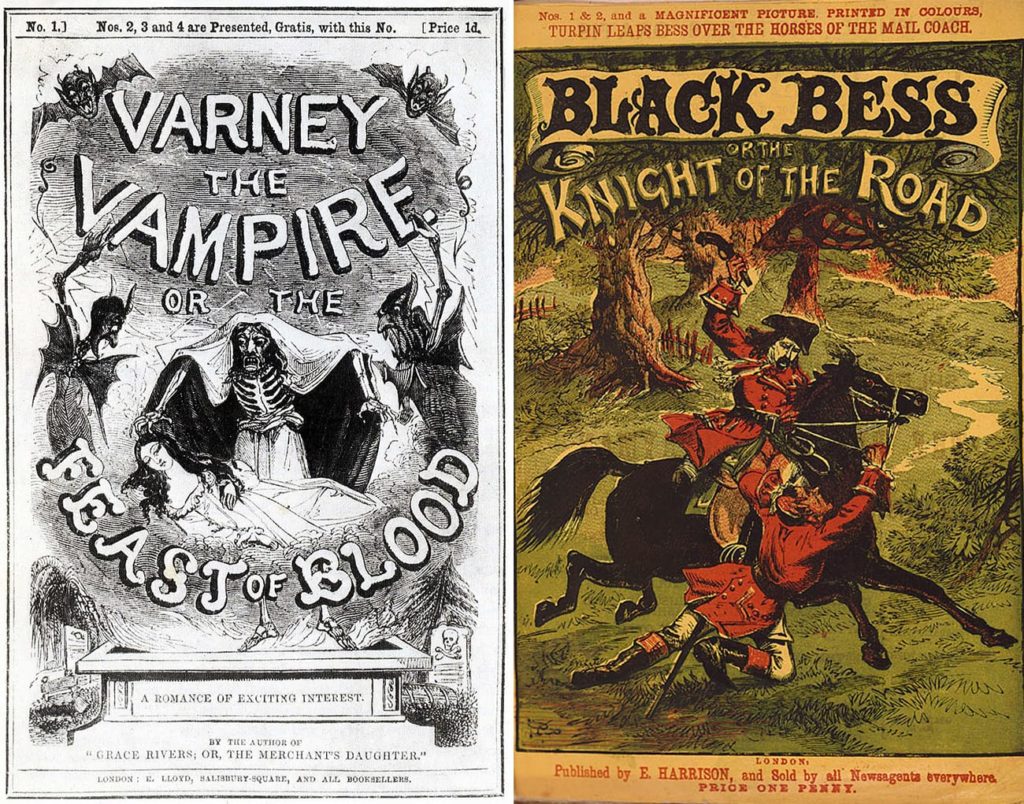
Horror grew with the rising powers of controversy for two reasons. The first is that horror in the second half of the twentieth century had to try and stand out as a genre. As social attitudes were challenged, other genres became more shocking. Sex, drugs, and rock’n’roll became the norm and horror, who had traditional dominated this archetypal space of counter culture, had to push itself further out there. Luckily, the world was becoming more violent so they had plenty to work with.
Which brings us to our second reason. Horror has always been the most reactive genre to world events. Where mainstream cinema wouldn’t touch the horrors of the Vietnam War in any widespread way for at least a decade after it became the first televised war in history, horror as a genre provided a social allegory for those who sought it almost immediately. The world was inventing serial killers, growing more violent globally, and reporting on crime in ways that would evolve into our modern concept of the daily news cycle – horror had to keep one step ahead of the reported terrors on the six o’clock news if it wanted to sell tickets. So it did.
But what happens when horror isn’t just one step ahead? What if it’s two? Three? What if it’s ten?
The Horror Novel Horror Readers Hate: Cows
I am one of the few. The very few. The absolute select few. I read Matthew Stokoe’s novel Cows and finished it. I am one of the even fewer, the fewest of the few, the almost singular, in that I believe that even though the words written are more disgusting than few authors dare to go, each scene they construct is intended as a cultural reflection.
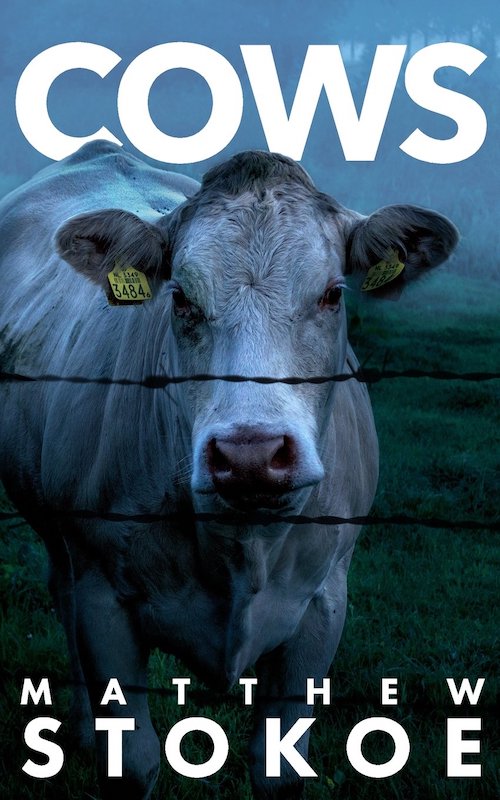
Gratuitous is one of the most common insults hurled at Matthew Stokoe’s Cows. Facebook critics, YouTube reviewers, BookTok’ers have ample material for which to lambast this novel. The depiction of the “Hagbeast” (the protagonist, Steven’s, mum) as still bleeding from having given birth to her son over twenty years prior is one of the most insidious. The infamous dinner scenes between Steven and the Hagbeast, the violation of a mutilated cow, the invited intimacy between man and cow, all of these are – on the surface – designed to inspire what Stephen King called “The Gross-Out”.
Indeed, horror connoisseurs increasingly find themselves in a similar position as mainstream culture throughout the twentieth and twenty-first centuries: arbitrators of what is “good” and “bad” horror and how writing that relies primarily on The Gross-Out must be inherently “weak” or gratuitous for gratuity’s sake.
Cows, Matthew Stokoe’s Social Allegory
What struck me most when reading this novel was how critical of masculinity it was. This is not to say that I didn’t have to put the book down, steady my breathing, and recalibrate my thoughts – I did. This book is revolting. But as I read the mother and son dynamic between Hagbeast and Steven play out, I found myself thinking about what women sacrifice to give birth, and how that may cause resentment.
As said above, the Hagbeast never really recovers after giving birth to her son. Her nightgown is permanently stained red and ‘sticks’ to her underside regularly. In the first few pages, Steven dreams violently of attacking the source of the small apartment they are both isolated in’s consistent smell – his mother’s vagina.
His anger is as ripe as the smell. But it is focussed entirely on her femininity, and the lack of “care” he perceives she takes of it with. The violence with which he wants to harm her is centred, in these opening pages, on her vagina.
— FOUNDATIONS OF HORROR —
Further explore these subgenres & tropes. more>>
#Sex and gender horror | #Body horror
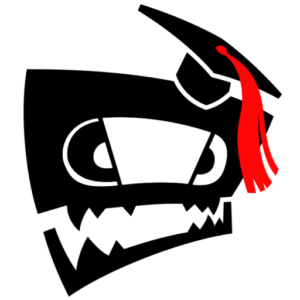
I contract this with the way he views other women, notably the girl who lives above them, and the women he sees on TV. He idolizes them, not for their womanhood or personality, but for the life he feels they can give him. Steven wiles away his days watching his television and dreaming of the life he “should” have had, the life he desperately wants now, the life he’s willing to kill his mother for.
What ensues is a battle of wills between mother and son, between male and female, masculinity and femininity and the visceral brutality of both. What the battle of wills between mother and son shows, however, is the societal advantages offered to men (shown through Steven’s age and health) and the disadvantages afforded women (condemnation for not ‘fitting the mould’ and the ensuing debasement of their character). This isn’t to say the Hagbeast isn’t at fault, simply that she represents the culmination of constant brutality, ostracization, and demonizing on the female psyche and the defense that may arise in the form of becoming the Hagbeast.
Meaning Behind Our Television Sets
My second main takeaway from Cows, Matthew Skokoe’s ambitious novel, was how consumed by normality the protagonist Steven was throughout the novel’s length. This is a common response among people who have suffered trauma. Steven watches his small television set with his paraplegic dog and plots how he can manifest his own little family (heteronormative, of course) into a salve for the wounds inflicted upon him by his mother. His range, however, to achieve this goal is limited to Lucy.
Lucy is falling into madness at the same rate as Steven, as if the walls of the building they lived in were focussing their respective mental illnesses into cancerous lumps that quickly shatter any semblance of rationality. Lucy is obsessed with finding the poison she believes is inside her. She mutilates rats in search of solidified lumps of trauma and pain, believing that if she can find proof of her hypothesis, she can cut out her own.
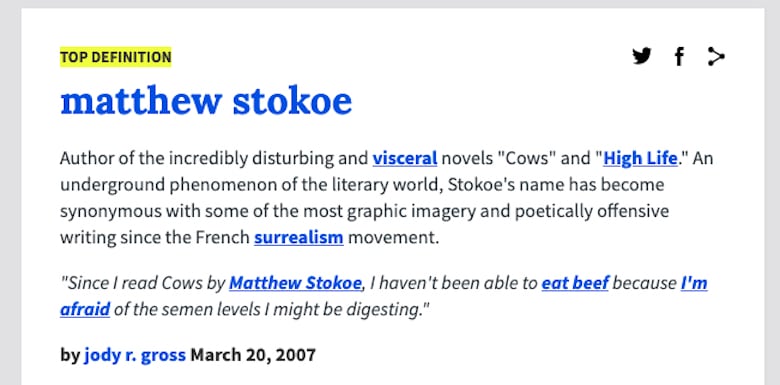
Steven recognizes this is insane – yet the reality of a “normal life” is too much of a draw for him. Instead of getting her help, which I believe he is cognizant enough to have done, he draws her deeper into his vision of familial life and blames her when the seeds he’s painstakingly planted bare no fruit.
Again, Steven is preoccupied with his version of reality. Lucy isn’t a woman to him, but a place to stick his dick, raise his babies, cook his dinner, and give him the life his mother denied him. Yet, it’s hard to blame him. We know exactly who raised him – the Hagbeast and the television set. He wants only what society has told him he should have and what the Hagbeast has viciously denied him. He’s a product of a world that diminishes the role of women and produces media preoccupied with the needs, desires, and lifestyles that men should have. He doesn’t have the social awareness to understand that there is a more equal way of life, he’s just an abused wee boy that wants to be happy. And the television promises that happiness is only a wife away!
Cows: My Own Response
While I could write a full academic paper on how I view Cows as a critique on current social structure, not all would agree with me.
Christopher Willard in his article Bovine Grindhouse: A Review of Cows by Matthew Stokoe argues that gratuitous novels such as this one are needed to “kick back at this age of relatively safe, capitalist eye of the needle through which anything artsy is pushed.” And he’s correct.
But Willard denies any artistic merit within the book. He follows the trend that many do, that see Matthew Stokoe as a poor writer whose only intention was to cause controversy and sell a few more copies.
I disagree wholeheartedly.
Stokoe has crafted his violence, his “Gross-Out”s, with solid character building around Steven and deep emotional needs within the two main women of his novel. His words are best when centred around Steven’s motivation for place and belonging. Reader’s hate this novel because he finds this with a heard of Urban Cows that go on murderous rampages through the subway system.
But this is the novel’s voila! moment.
Steven finally, after murder, torture, bestiality, gore, and sexual assault, he finally understands that the world above him, the world of capitalism, men, and slaughter, is far more full of shit than the sewers he now calls home.
Last Updated on March 10, 2022.

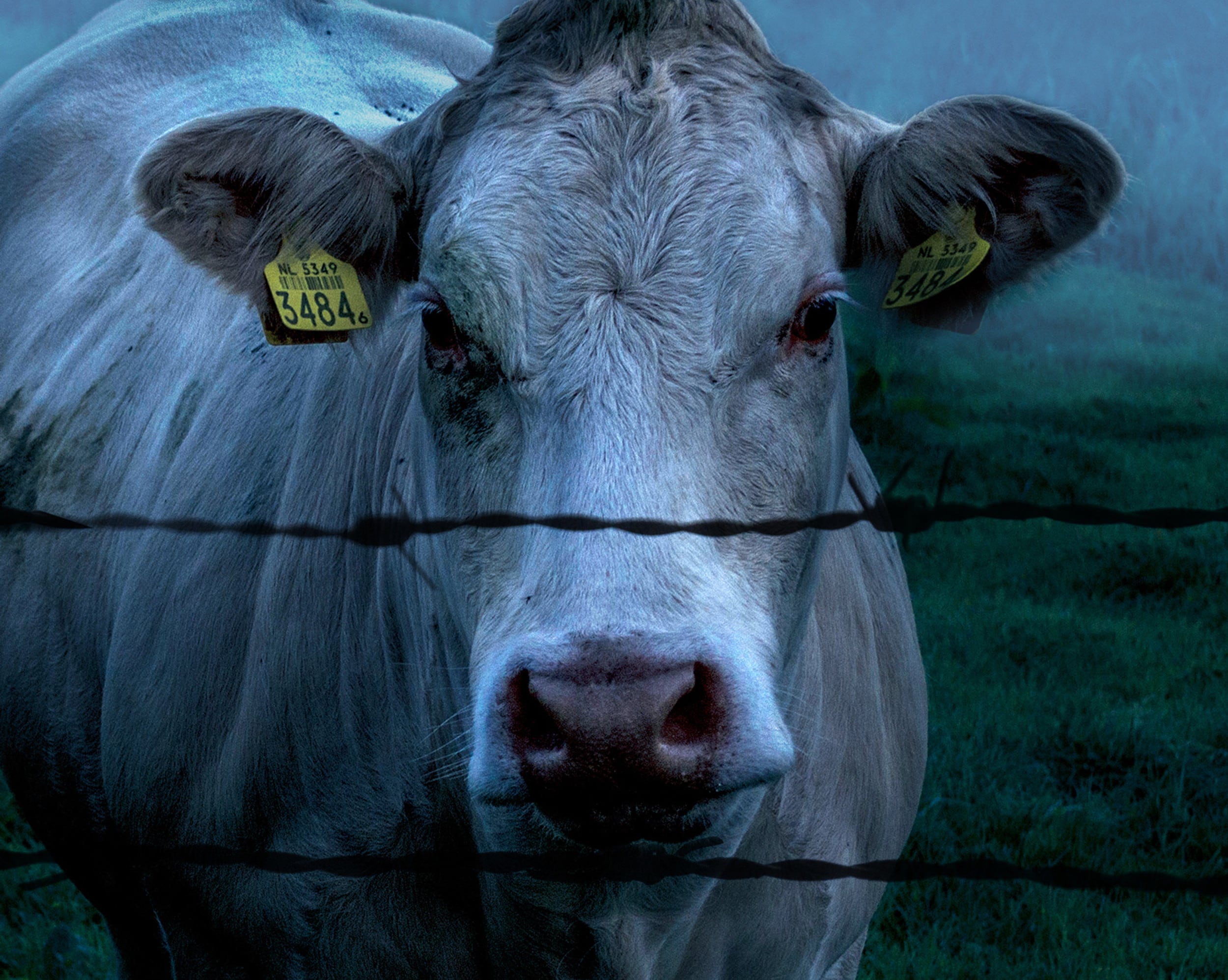
3 Comments